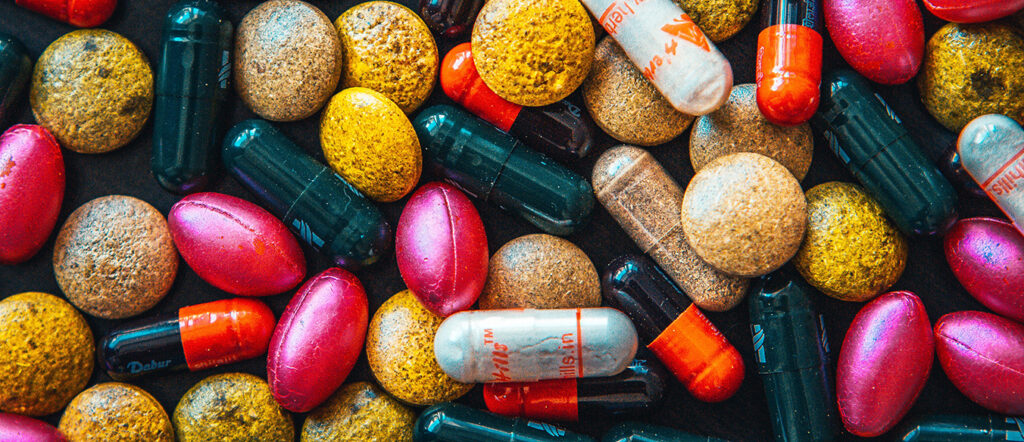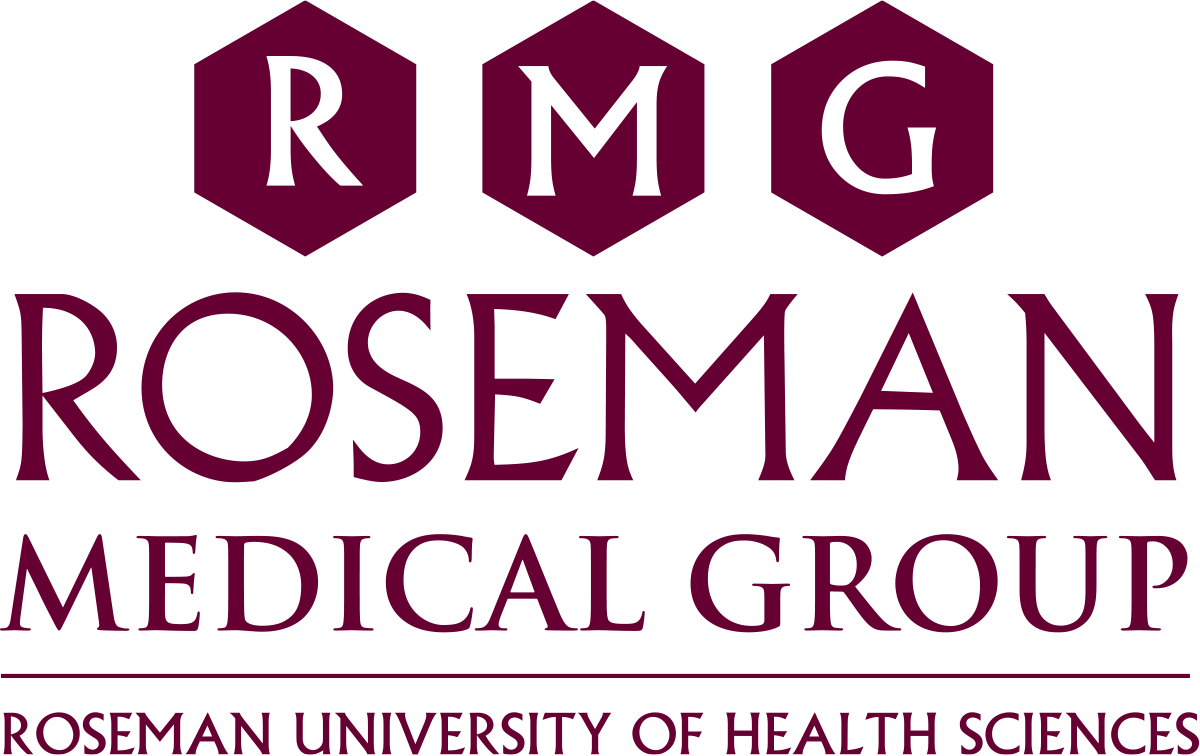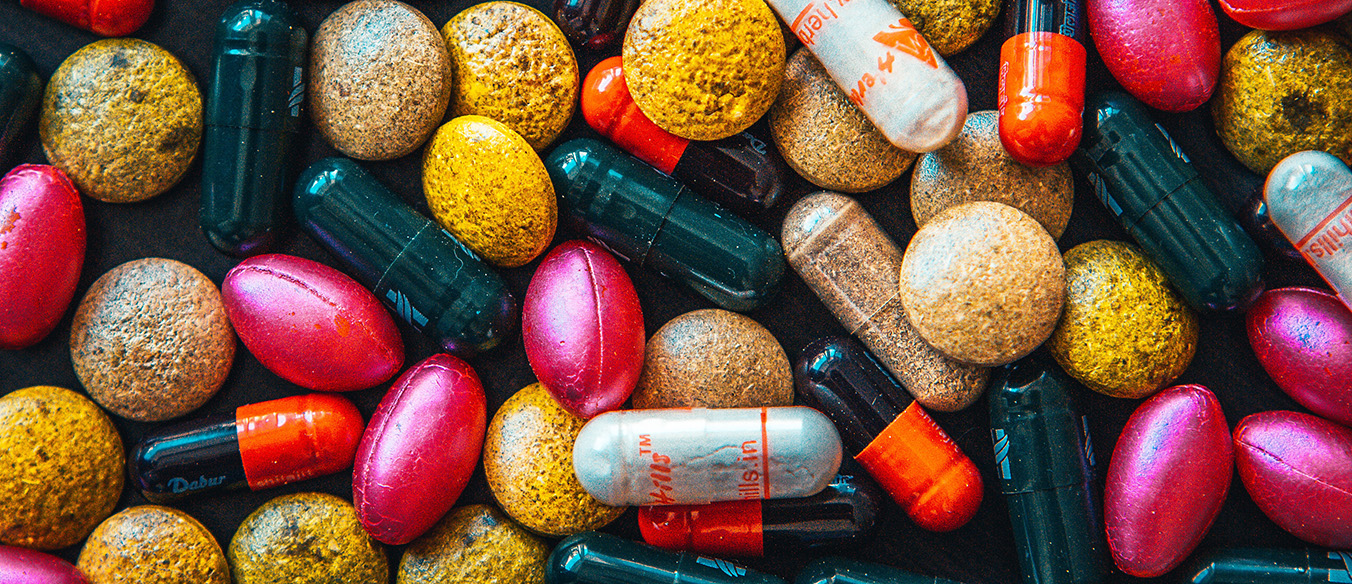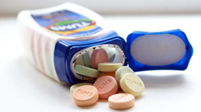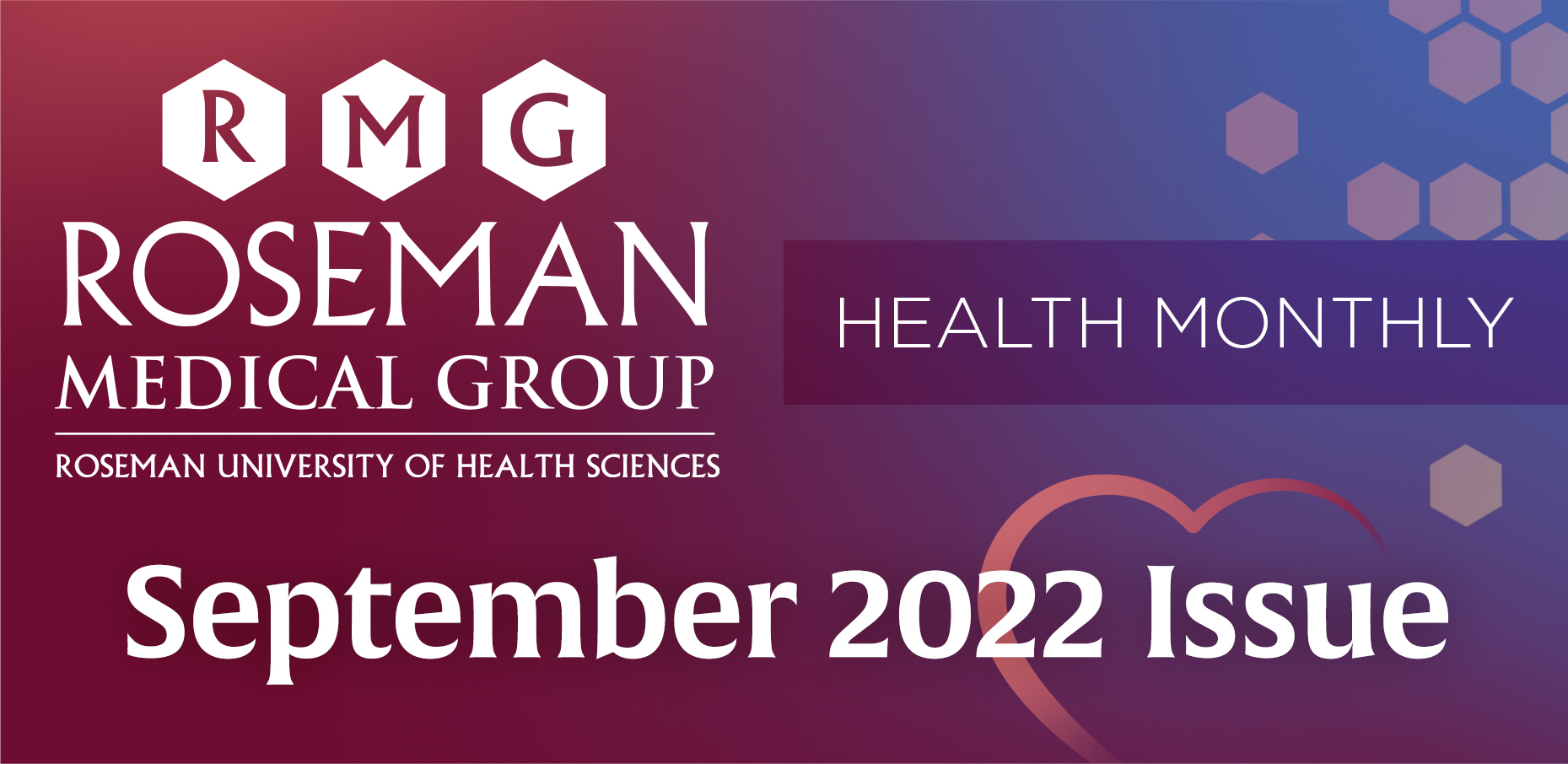It’s no secret that we have an incredible amount of access to information. Every hour of every day, we’re bombarded with news, opinions, and advertising about anything and everything. Sensitive, scary, or controversial topics can take over the cultural conversation. According to Weber Shandwick, 83% of healthcare information seekers who are exposed to health information on social media are concerned about incorrect information. Weeding through these stories, especially if they’re inaccurate, can feel daunting – but fortunately, you aren’t alone.
One big area of our attention is sickness. Celebrities talk about their diseases in heavily promoted exclusive interviews. Old friends realize they’ve become lactose intolerant sometime between high school and last week. Your Instagram Discover page shows you an infographic that makes you diagnose yourself with ADHD. The flow of information goes on and on, but what’s actually going on?
We’re taking a look at some of the medical conditions dominating the media, whether the news, entertainment, or your own personal newsfeed.
Lupus
Lupus is a long-term autoimmune disease. The body’s immune system attacks its own healthy organs and tissues, causing inflammation and pain. It can be passed down through families. There are various forms with different degrees of severity. The most common form is systemic lupus, in which multiple organs or systems become inflamed. Although lupus can be managed with treatment, there is currently no cure.
About 1.5 million Americans and 5 million people globally have some form of lupus. Women make up 90% of lupus diagnoses, many of them between ages 15 and 44. Additionally, people who are Pacific Islander, Hispanic or Latino, African American, Asian America, or Native American are at higher risk for lupus.
Some lupus diagnoses you may have heard about:
- Selena Gomez
- Nick Cannon
- Toni Braxton
- Paula Abdul
- Seal
Find out more about lupus
Crohn’s disease
Crohn’s disease is an inflammatory bowel disease that affects the digestive tract, made up of the large and small intestine. The inflamed digestive tract causes abdominal pain, chronic diarrhea, fatigue, fever, appetite loss, and a feeling of fullness.
There’s no known cause for Crohn’s disease. However, it may be brought on by an autoimmune disease, genetics, or smoking. Like lupus, it can only be treated and managed into remission, not cured. More than 500,000 people in the United States have Crohn’s disease.
Some Crohn’s disease diagnoses you may have heard about:
- Shannen Doherty
- Pete Davidson
- Audra McDonald
- Anastacia
- Mike McCready
Find out more about Crohn’s disease
Celiac disease
Celiac disease is an immune system response to eating gluten, a protein in wheat, rye, and barley. Gluten is a major component of breads, baked goods, and pasta. Celiac disease damages the small intestine and causes diarrhea, fatigue, weight loss, gas and bloating, nausea and vomiting, abdominal pain, and constipation. It can be treated with a gluten-free diet that alleviates symptoms and helps the small intestine heal.
People may choose to eat little to no gluten for a variety of health reasons, including boosting their energy and losing weight. The effectiveness of this choice varies, but at the end of the day, there are certainly benefits to eating more fruits, vegetables, and lean proteins. Anyone removing gluten from their daily diet should be sure they’re still getting enough nutrients like fiber, iron, zinc, and calcium, along with vitamins B9, B12, and D.
Over two million people in the United States have been diagnosed with celiac disease. One in 133 Americans could have it, even though they may still be undiagnosed. The condition is more common in white individuals who have other autoimmune diseases, Type 1 diabetes, irritable bowel syndrome, or Down syndrome.
Anxiety and depression
Worldwide, anxiety and depression increased by 25% in the first year of COVID. Almost seven million Americans have Generalized Anxiety Disorder, and almost half of people diagnosed with major depression also deal with severe anxiety (Anxiety & Depression Association of America). According to the National Institutes of Health, about 21 million adults have had at least one depressive episode in the last year.
These big numbers may seem negative. However, each diagnosis is an opportunity for someone to get the help they need. Historically, mental health has been neglected in the United States, especially among men. In fact, men are four times more likely to die by suicide than women (American Journal of Men’s Health). When someone is diagnosed with a mental health condition, they can start treatment like therapy, medication, residential programs, or a combination of methods. The process is often not simple or short, but it’s possible with the right support.
Find out more about anxiety and depression

